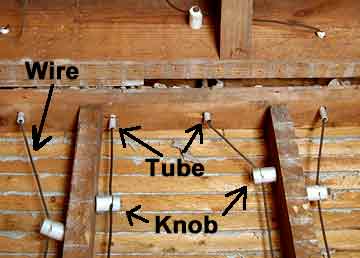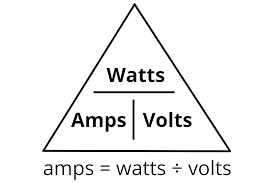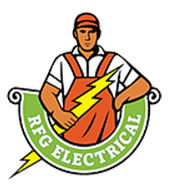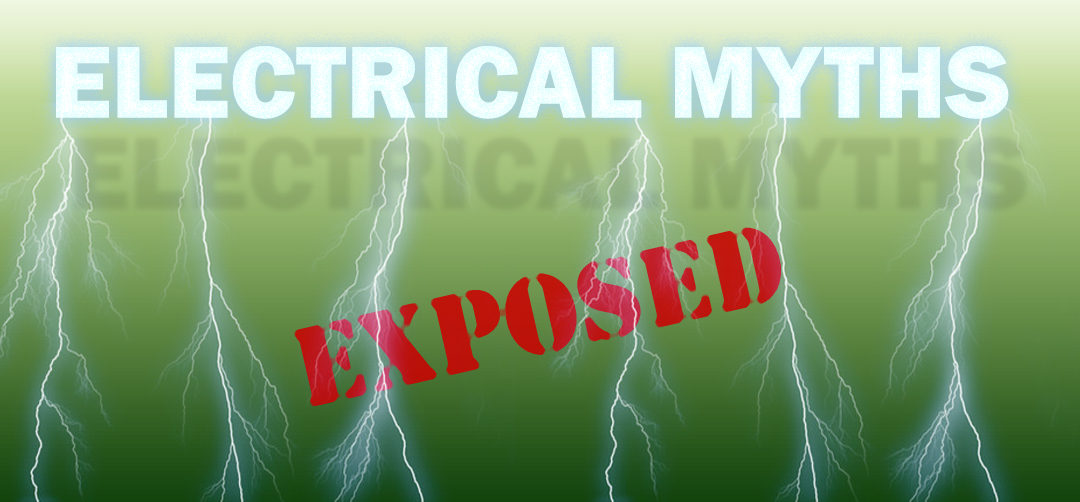Misconceptions regarding electricity have survived despite every effort by electricians to educate the masses. In a world where belief and opinion masquerade as evidence and fact, we at RFG will try to clear the air of hearsay and assumption. The following are examples of common myths and their appropriate corrections.
“It’s Only 110 Volts”
Likely uttered by a person right before they find out the hard way that they were wrong, underestimating the danger of live house current is a ticket for disaster. 110 volts is more than enough to end a life, the difference between an uncomfortable pain and possible death would be determined by where the current passes through your body. Injuries where both hands are involved are the most dangerous because the electricity would pass through your torso and heart, this voltage can cause the heart to stop.
“Volts Don’t Hurt You”
Volts can definitely hurt you. It is the amperage that will determine the severity. Think of volts as the strength of electricity. Amps are the amount of volume or flow. So a lower voltage coupled with a high amperage can still be very dangerous.
“My Wiring Is Old, So It Must Be Replaced”

This isn’t always the case. Firstly, it’s important to understand what is involved in rewiring a house. Mostly every wall in your house will contain electrical wiring. This means every wire, in every wall, on every floor, would have to be pulled out and replaced with a new one. A rewire job can be very expensive to the home owner. Additionally, wiring that has not been disturbed would not likely be damaged. These are some examples of when a replacement should occur:
- Knob and tube wiring should be replaced when possible, like during renovations.
- Overloaded circuits should be relieved by the placement of additional circuits.
- Whenever a service upgrade is required, additional rewiring would be necessary.
“Higher Voltage Is Cheaper Than Lower Voltage”
In short, no. Let’s get in to why with some math.
If you operate a 1100w air conditioner with 110v you would require 10amps of current.

1100w Divided by 110v = 10amps
110v times 10amps= 1100w
If you try the same function to 220v?
1100w Divided by 220v = 5amps
220v times 5amps= 1100w
Watts are watts, energy will be used the same whether using 110 or 220v.
“Electricity Can’t Hurt Me If I’m Grounded”

NO,NO,NO! This is the most dangerous myth so far. Grounding is exactly how electricity hurts you. Electrical grids are grounded systems. This means electricity will find it’s way to the ground whether that be through the system or through you, causing bodily damage as it travels through you. Those near live electricity would want to be shielded so the electricity can not pass through you to ground.
“Electricity Works Like In The Movies”
Movie makers take great liberties when creating entertaining electricity driven special effects. They are often very far from any realistic situations.
- Cut wires do not move on their own like fire hoses.
- People do not burst into flames from electrical shock.
- Murdering someone by throwing a hair dryer into a puddle likely won’t work. Its actually a very unreliable way to cause bodily damage.
- Plugging in a bad vacuum will not blow a transformer.
There you have it! The most common electrical myths exposed!



Recent Comments